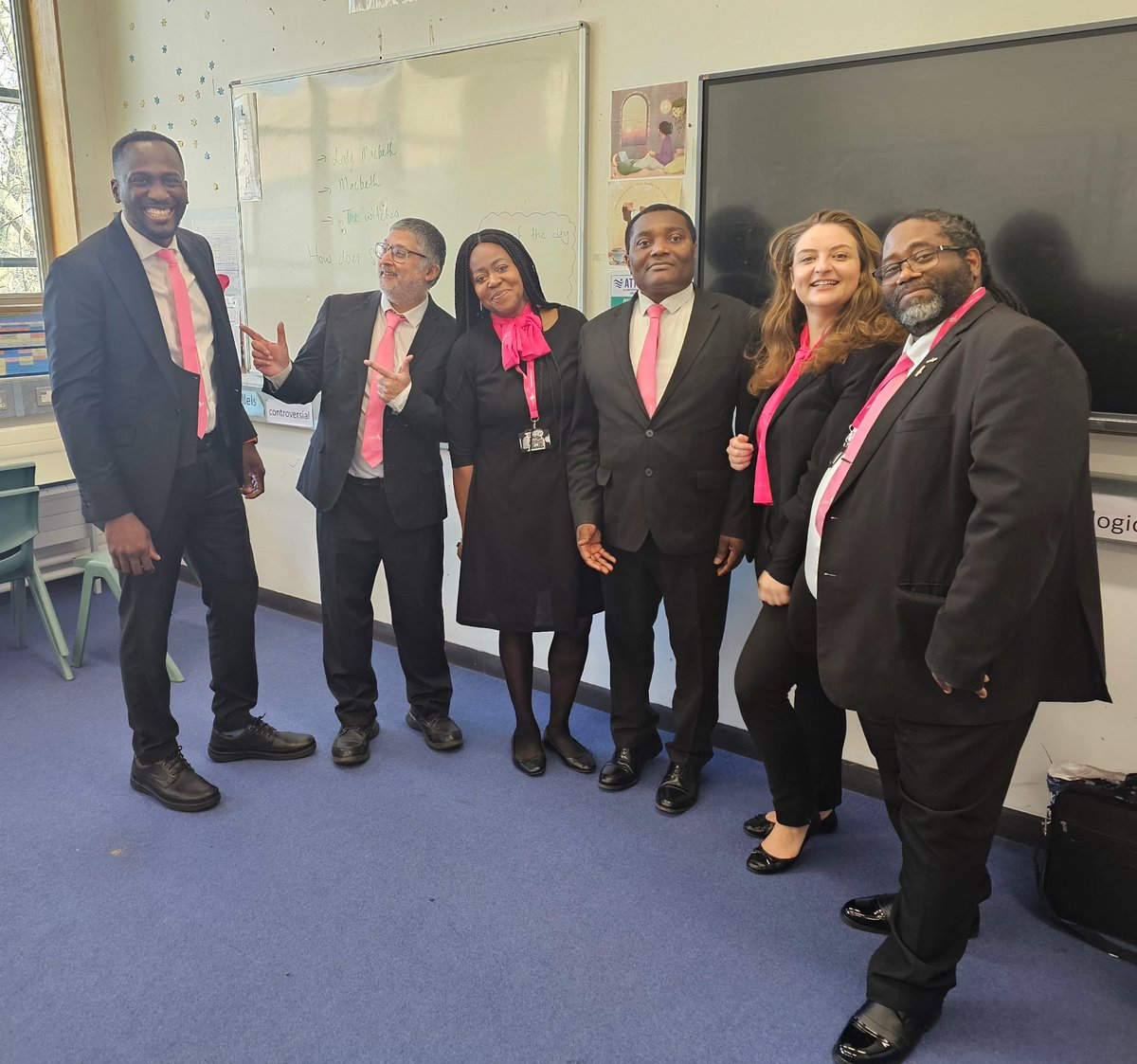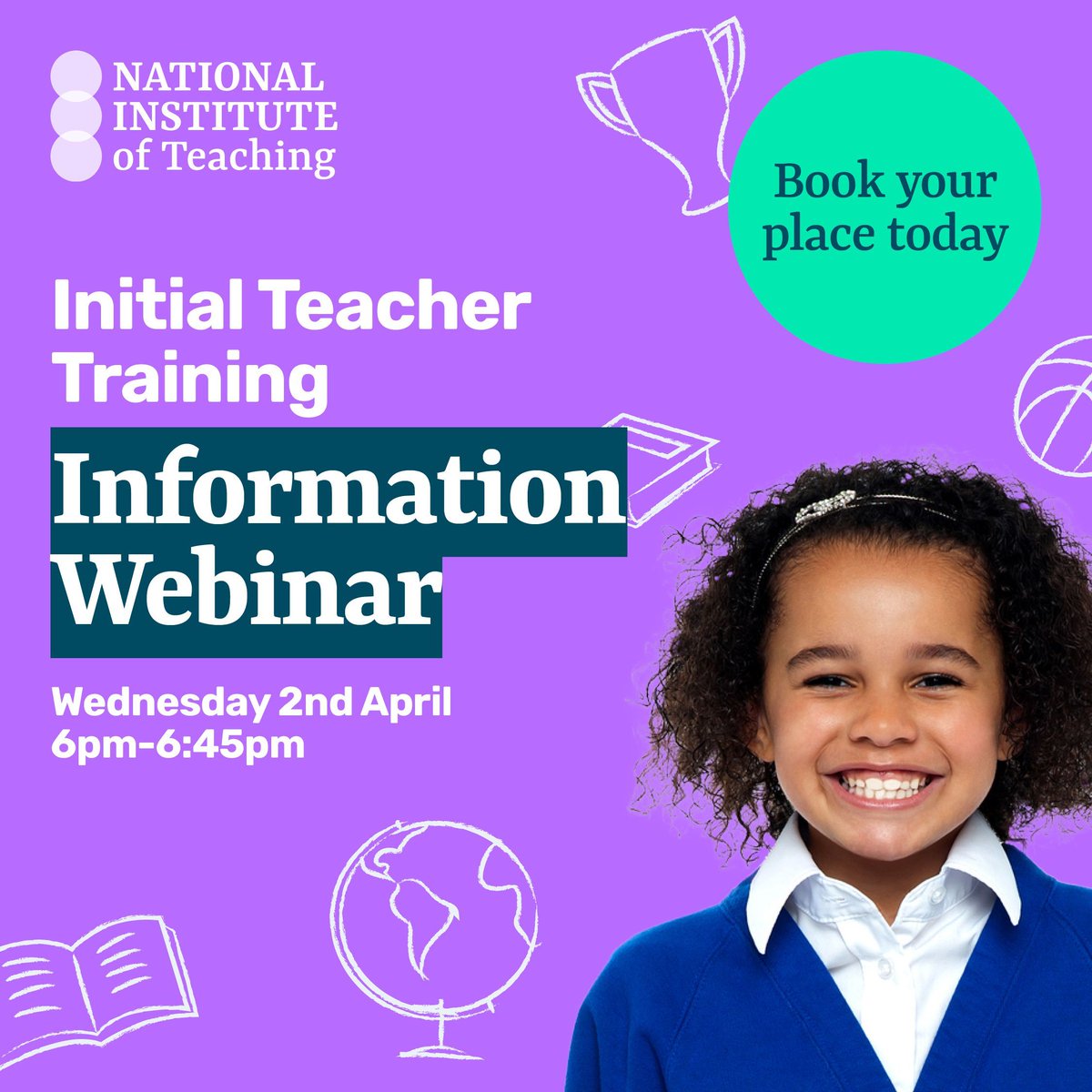Latest News
Posted on March 15th 2023
Connecting with Nature in Hyde Park
 It was a wet and cold morning in early March, the ground was soft, and the strong winds did nothing to help the weather.
It was a wet and cold morning in early March, the ground was soft, and the strong winds did nothing to help the weather.
But our students were eager to participate in the the Urban Nature workshop, run by The Natural History Museum in conjunction with the Royal Parks.
So there we were, cloaked up to the hilt, in Hyde Park, getting ready to observe the impact of human activities on biodiversity in the park.
Students were introduced to urban ecology and the importance of biodiversity in the environment. The harmful effects of human activity were highlighted and explained. During this session students were also shown how to differentiate between different species of plants and insects, with the specimens used for this activity sparking much interest and conversation.
The Royal Parks educators had talked through the task for the day, which was to measure the number of plant species and the diversity between two different areas. Their job was to compare the area used for Winter Wonderland with another unused section of the park.
The students were divided into groups depending on which task they would be doing. All groups were asked to use a quadrat (a square frame through which you examine the area for study) for the investigation. One group was tasked with collecting the data. They all participated in the analysis then made a 'human bar chart' to represent the data.
At the end, students were asked to share how they felt about the day’s experience. You can read a few of those statements below.
- “We learnt about how the Winter Wonderland affects the plants in the park by reducing the amount of plant biodiversity.” Joshua
- “Construction in wildlife areas should be reduced as it damages the ecosystem.” Divine
- “Help nature without affecting the future.” Anita
May we all take the prudent advice of Anita; the future depends on it. The message has been received by the younger generation.
Mr Tate - Science Teacher





















